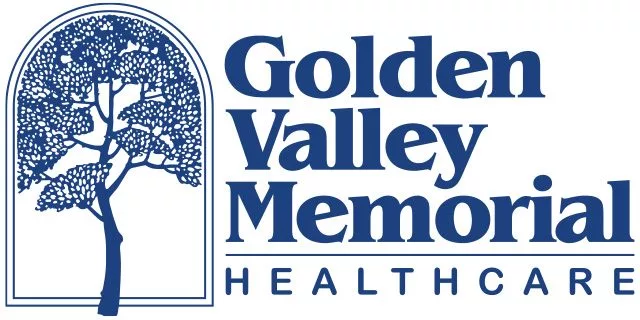
Better Numbers, Better Farm: Financial Efficiency – Income from Operations Ratio
Financial efficiency measurements. Financial efficiency measurements answer the question, “How well is your farm using assets to generate income?” and “Where is your farm spending the income dollars it generates?”
‘Operating expense ratio’, ‘interest expense ratio’, ‘depreciation and amortization expense ratio’, and ‘income from operations ratio’ are four measures of financial efficiency. For the purposes of this article, we will consider ‘income from operations ratio’. (‘Operating expense ratio’ was covered in the December 2024 article; ‘interest expense ratio’ was the subject of the January 2025 article; and ‘depreciation and amortization expense ratio’ was covered in the February 2025 article.)
Income from Operations Ratio measures the percentage of farm income that is available for owner withdrawal after operating expenses, interest expenses, and depreciation and amortization expenses are covered. Essentially, it represents the value of the farm owner’s input of management expertise and/or uncompensated labor and can be used for family living expenses.
The formula for Income from Operations Ratio is: Income from Operations Ratio = Income from Operations / Gross Farm Revenues.
Income from Operations = Gross Farm Revenues – Total Farm Operating Expense.
Gross Revenues includes payments from the sale of agricultural products; any crop insurance proceeds or agricultural program payments, such as Agricultural Risk Coverage (ARC) and Price Loss Coverage (PLC) payments; and other payments such as cash rent payments, payments for custom work, or dividends from farm cooperatives.
Generally, a higher Income from Operations Ratio is better. An Income from Operations Ratio greater than 20% is considered strong. An Income from Operations Ratio of 11-20% is a sign that caution is needed. If the Income from Operations Ratio is 10% or less, that is considered ‘weak’, meaning the farm may not be able to generate enough income to cover the farm owner’s management expertise and uncompensated labor contributions, i.e., family living expense.
The total of the four Financial Efficiency ratios is equal to 100%. Any change in one ratio necessitates a change in one or more of the other ratios. For example, if the interest expense ratio increases, then one or all of the other three ratios must decrease, perhaps including the Income from Operations Ratio. It also means that a decrease in any or all of the three ‘expense’ ratios can mean an increase in the Income from Operations Ratio.
Why does this matter? The farm business should be generating enough income to cover family living expenses as well as pay for operating expenses, interest expenses, and depreciation/amortization expenses. If the Income from Operations Ratio is too low, the farm may be in a weak position because there’s not enough money to cover family living expenses. What are some ways to improve the Income from Operations Ratio? First, increase gross farm revenues. Second, reduce farm expenses. Finally, consider ways to reduce family living expenses and ‘make do’ with the Income from Operations Ratio that you have.
You CAN make improvements and improve your farm numbers, including financial efficiency. One step at a time, day by day, small changes and better habits can add up to measurable results including better farm finances.
Take a look at MU Extension ‘Farm Accounting’ resources including Missouri Farm Record Books, budgets and spreadsheets available online (http://tinyurl.com/mr2knym8), muext.us/FarmAccounting, or at your county MU Extension office.
Have a recordkeeping or budgeting question? Want to pass along your experiences with farm records? Contact Amie at abreshears@missouri.edu, 660-619-7994, and follow MU Extension in Benton County on Facebook. Find a plethora of helpful resources at https://extension.missouri.edu/programs/agricultural-business-and-policy-extension. Dr. Amie Breshears is an MU Extension specialist in Ag Business. She serves the West-Central Region. She and her husband, David, have three sons and raise beef cattle on their family farm near Warsaw, Missouri.










